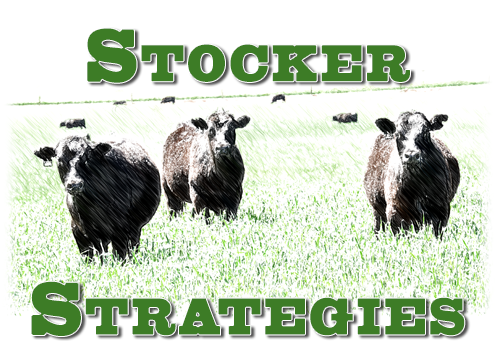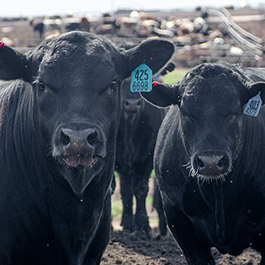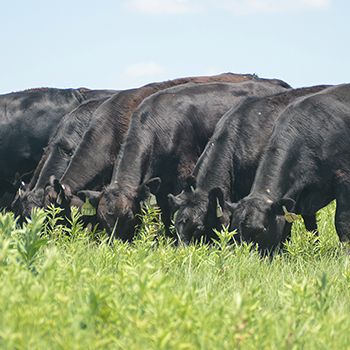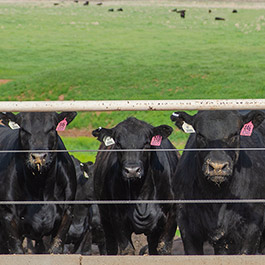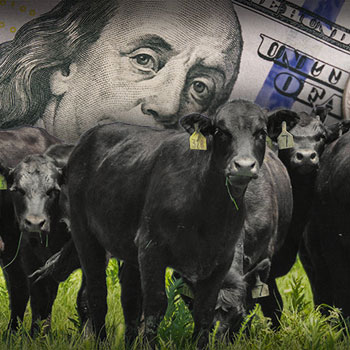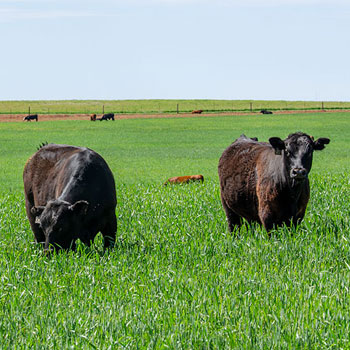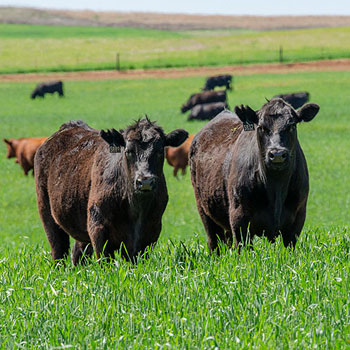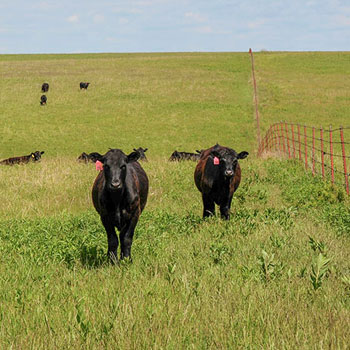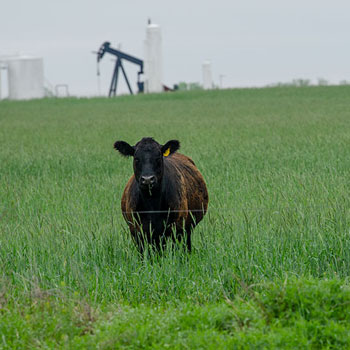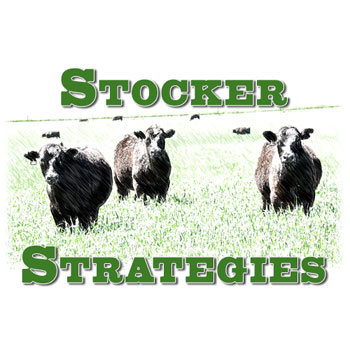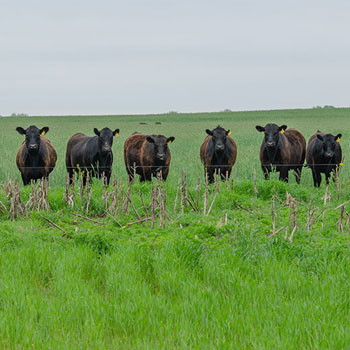
Common Ground
Value-based marketing comes to feeder cattle.
There was a time in our industry when all beef was valued at the same price. Then along came the USDA grading system. It was originally developed to make sure our troops were getting high-quality meat, but it has evolved into a system of grades and brands that predict yield, consistency and consumer eating satisfaction.
The marketplace has adjusted. Today the value of a 900-pound (lb.) USDA Prime carcass can easily bring $400 more than a similar carcass grading USDA Select.
That difference in beef value has driven the change in how packers buy cattle. At one time all fed cattle were valued at the same live price per pound. Today we predominantly see value-based systems and grids that reflect real carcass value spreads, and that price cattle accordingly.
The evolution of value-based marketing is now more prominent with feeder cattle. Applying an individual animal pricing system based on meat price is fairly simple for finished cattle. The cattle are harvested, individually graded and value is assigned.
For feeder cattle, it’s not quite that simple. A 500-lb. steer is 200 to 300 days away from being finished. A lot can happen in that time to affect carcass value.
One thing we do know is 30%-40% of the variation we see in carcass value is due to genetics. By knowing both the breed and the genetic merit for carcass traits, cattle feeders can have a much better idea of how a set of feeder cattle will grade in the end.
Beyond carcass merit, knowledge about performance and feed efficiency has incredible value to a feeder. Again, those traits that are highly heritable and, therefore, highly influenced by genetics.
As more genetic information on sets of feeder cattle is made available, we see more value-based pricing in the market. Historically, feeder-calf values have been based on a host of factors — weight, freight, gender, health and vaccinations, weaned status, flesh, breed, and hide color — to name a few. Those factors will continue to be important, but we now see significant premiums being paid for documentation of genetics, source, age, breed and management practices like no use of antibiotics or hormones.
With this changing marketplace, programs have emerged that document and communicate this value to take the guesswork out of predicting the genetic merit of feeder cattle. Buyers are responding accordingly and are able to more accurately value the cattle they want and, on the flip side, those they don’t. Taking advantage of programs that provide documentation allows commercial cattlemen to separate their calves from the commodity mix.
To meet this evolving market dynamic and help producers get paid for the value they’ve added, the American Angus Association provides AngusLinkSM. AngusLink is a USDA Process Verified Program (PVP) that can verify age and source, Angus-sired genetics (ASG), non-hormone treated cattle (NHTC), never-ever 3 (NE3) for natural programs, cattle care and handling, and calf management. In addition to the PVPs, AngusLink has an optional Genetic Merit Scorecard® that producers can use in marketing or to benchmark the genetic progress of their herd. Most recently, AngusLink has entered into a service partnership with EarthClaims LLC to be able to add GAP (Global Animal Partnership) certification in a convenient and cost-effective way.
A changing marketplace calls for a change in mindset. More than ever, documenting the genetics you have and verifying management practices pays off. AngusLink is a program that enables cattlemen to advance their marketing and elevate their cattle above the commodity mix while reaching an expanded buyer base and attracting more bids. The AngusLink team consists of cattle people who understand your business, speak your language and are there to answer your questions and help you be more successful.
The marketplace is changing. Don’t get left behind.
Editor’s note: Mark McCully is the CEO of the American Angus Association.
